Table of Contents
What is polydipsia polyuria and polyphagia?
Simply defined, the three P’s are: polydipsia: an increase in thirst. polyuria: frequent urination. polyphagia: a rise in appetite.
Which disorder has polyuria and polydipsia as a symptom?
General Discussion. Central diabetes insipidus (CDI) is a rare disorder characterized by excessive thirst (polydipsia) and excessive urination (polyuria). It is not related to the more common diabetes mellitus (sugar diabetes), in which the body does not produce or properly use insulin.
What causes polydipsia and polyuria in diabetes?
Polyuria is usually the result of drinking excessive amounts of fluids (polydipsia), particularly water and fluids that contain caffeine or alcohol. It is also one of the major signs of diabetes mellitus. When the kidneys filter blood to make urine, they reabsorb all of the sugar, returning it to the bloodstream.
What hormone causes polyuria and polydipsia?
It develops due to inadequate or impaired secretion of ADH from the pituitary gland (central DI) or unresponsiveness to ADH at the renal tubules (nephrogenic DI)4). This condition presents several clinical manifestations such as polyuria, polydipsia, growth retardation, and excessive thirst5).
What are the 3 classic symptoms of diabetes?
The main symptoms of diabetes are described as the three polys – polyuria, polydipsia, and polyphagia. Individuals with high risk for developing diabetes should be alert to these symptoms and seek medical attention if they notice the above symptoms.
What is a normal blood sugar range?
A blood sugar level less than 140 mg/dL (7.8 mmol/L) is normal. A reading of more than 200 mg/dL (11.1 mmol/L) after two hours indicates diabetes. A reading between 140 and 199 mg/dL (7.8 mmol/L and 11.0 mmol/L) indicates prediabetes.
How do you stop polydipsia?
These medications can include desmopressin in the form of a pill or injection. If your polydipsia has a psychological cause, your doctor may recommend that you see a counselor or therapist to help you get your feelings of compulsion to drink excessive amounts of water under control.

